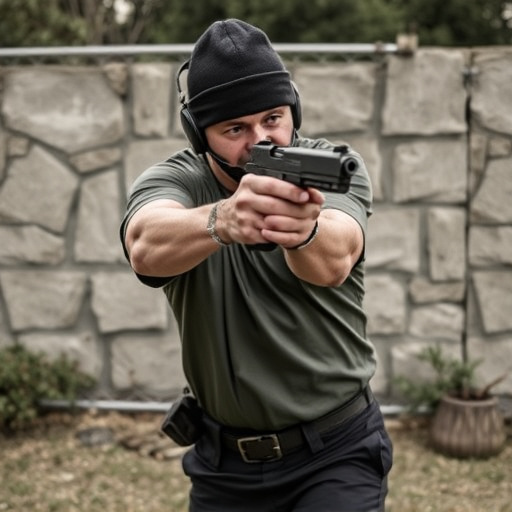Non-lethal weapon certification equips individuals with knowledge and skills to handle concealed self-defense tools like disguised stun guns within legal limits. The curriculum covers de-escalation strategies, safe storage, transport, and legal implications across various scenarios. Training emphasizes responsible use of these devices, crucial for personal safety in urban environments, while navigating complex legal frameworks such as stand-your-ground laws. Proper certification ensures individuals can confidently and safely deploy disguised stun guns as effective yet non-lethal self-defense tools.
“In an era where personal safety is a paramount concern, non-lethal weapon training certification has emerged as a vital skill for individuals seeking effective self-defense options. This comprehensive guide explores the legal framework surrounding these unique weapons and their role in everyday protection. From concealed stun guns to specialized training programs, we delve into ‘disguised stun gun self-defense tools’—a game-changer for those aiming to stay secure. Read on to understand the benefits, limitations, and ethical considerations of non-lethal self-defense options.”
- Understanding Non-Lethal Weapon Training and Its Legal Framework
- Disguised Stun Guns: Tools for Self-Defense in Plainsite
- The Certification Process: Unlocking Expertise in Non-Lethal Weapons
- Benefits, Limitations, and Ethical Considerations of Non-Lethal Self-Defense Tools
Understanding Non-Lethal Weapon Training and Its Legal Framework
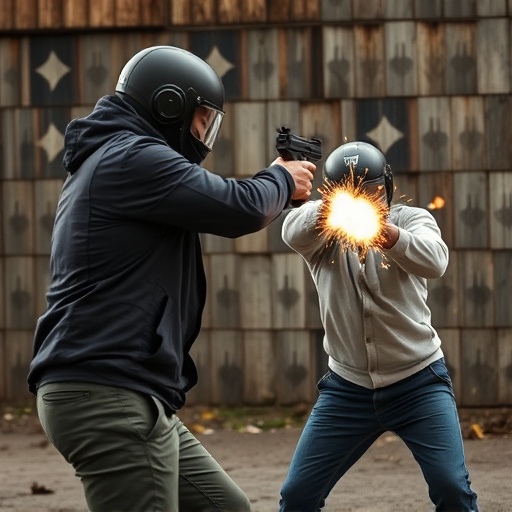
Non-lethal weapon training certification equips individuals with the knowledge and skills to handle and deploy concealed self-defense tools, such as disguised stun guns, within legal boundaries. This specialized training goes beyond basic self-defense techniques; it focuses on understanding the unique capabilities and limitations of non-lethal force instruments. The curriculum covers topics like de-escalation strategies, safe storage and transport, and the legal implications of using these devices in various scenarios.
The legal framework surrounding non-lethal weapon training is complex and varies by jurisdiction. It’s crucial to grasp not only the rights and responsibilities associated with possessing and employing such tools but also the specific regulations that govern their use. This includes knowledge of stand-your-ground laws, self-defense protocols, and any restrictions on the type of force that can be used in different situations. Understanding this legal landscape is a critical component of responsible non-lethal weapon training.
Disguised Stun Guns: Tools for Self-Defense in Plainsite
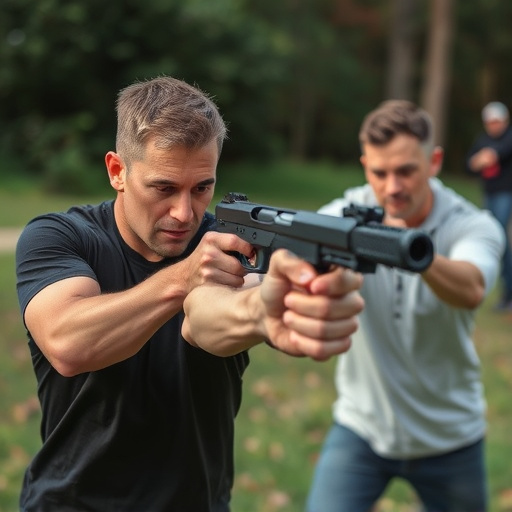
In today’s world, where personal safety is a top priority, individuals are increasingly seeking effective yet non-lethal self-defense options. One innovative tool gaining traction is the disguised stun gun—a compact and unassuming device that packs a powerful punch when it comes to personal protection. These stun guns are designed to blend seamlessly into everyday items like keychains, pens, or even fashion accessories, making them ideal for those who want to be prepared without drawing unnecessary attention.
As a practical self-defense tool, disguised stun guns offer users the confidence to deter potential threats in various situations. Their non-lethal nature allows individuals to incapacitate an attacker temporarily, providing enough time to escape or seek help. With proper training and certification, such as that offered by non-lethal weapon training programs, folks can learn how to utilize these tools effectively while navigating the complexities of self-defense in plainsite.
The Certification Process: Unlocking Expertise in Non-Lethal Weapons
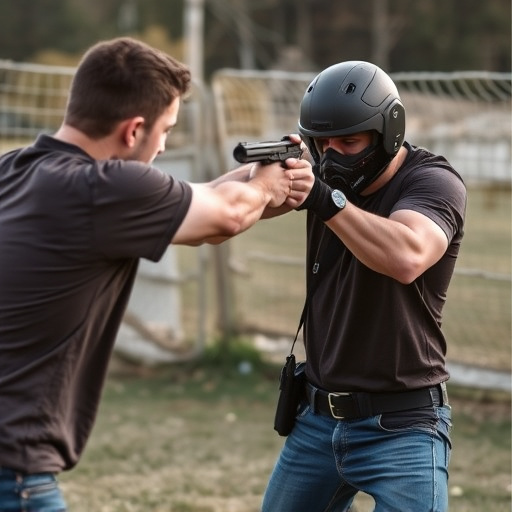
The journey towards mastering non-lethal weapons begins with certification, a process designed to unlock expertise and ensure safety. This rigorous process involves an in-depth study of various self-defense tools, including disguised stun guns, their unique features, and effective deployment techniques. Participants engage in hands-on training, learning how to handle these innovative devices while adhering to strict safety protocols.
The certification process includes theoretical knowledge assessments, practical demonstrations, and scenario-based exercises. It equips individuals with the skills to utilize non-lethal weapons responsibly and effectively, turning them into powerful self-defense tools in high-pressure situations. This rigorous training ensures that certified users can make split-second decisions while prioritizing safety for both themselves and others.
Benefits, Limitations, and Ethical Considerations of Non-Lethal Self-Defense Tools
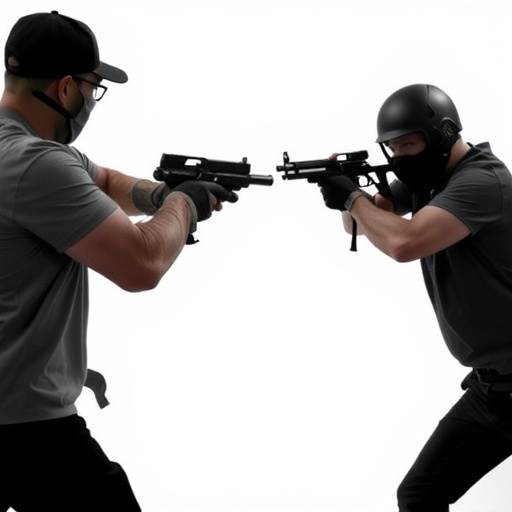
The adoption of non-lethal self-defense tools, such as disguised stun guns, offers several advantages for personal safety and security. These devices provide individuals with an extra layer of protection against potential threats, especially in situations where lethal force might not be justified or desirable. Stun guns deliver a powerful electric shock that temporarily disables an attacker, allowing the user to escape or defend themselves until help arrives. Their compact size and discreet design make them easily concealable, appealing to those seeking self-defense options that aren’t readily apparent.
Despite their benefits, non-lethal weapons also have limitations. The effectiveness of stun guns depends on proper usage and the attacker’s physical condition. In some cases, individuals with higher tolerance or certain medical conditions may not be significantly affected. Additionally, there are ethical considerations surrounding their use. Some argue that relying too heavily on non-lethal force could desensitize people to violence or lead to a false sense of security. It is crucial for users to undergo proper training and understand the legal implications associated with carrying such devices to ensure responsible and safe usage.
Non-lethal weapon training certification empowers individuals to defend themselves effectively using concealed stun guns—a powerful yet safe self-defense tool. By understanding the legal framework, mastering the certification process, and recognizing the benefits and limitations, you can make informed decisions about incorporating these disguised stun guns into your personal safety strategy. Stay prepared and confident in knowing you have a legitimate option for self-defense.
